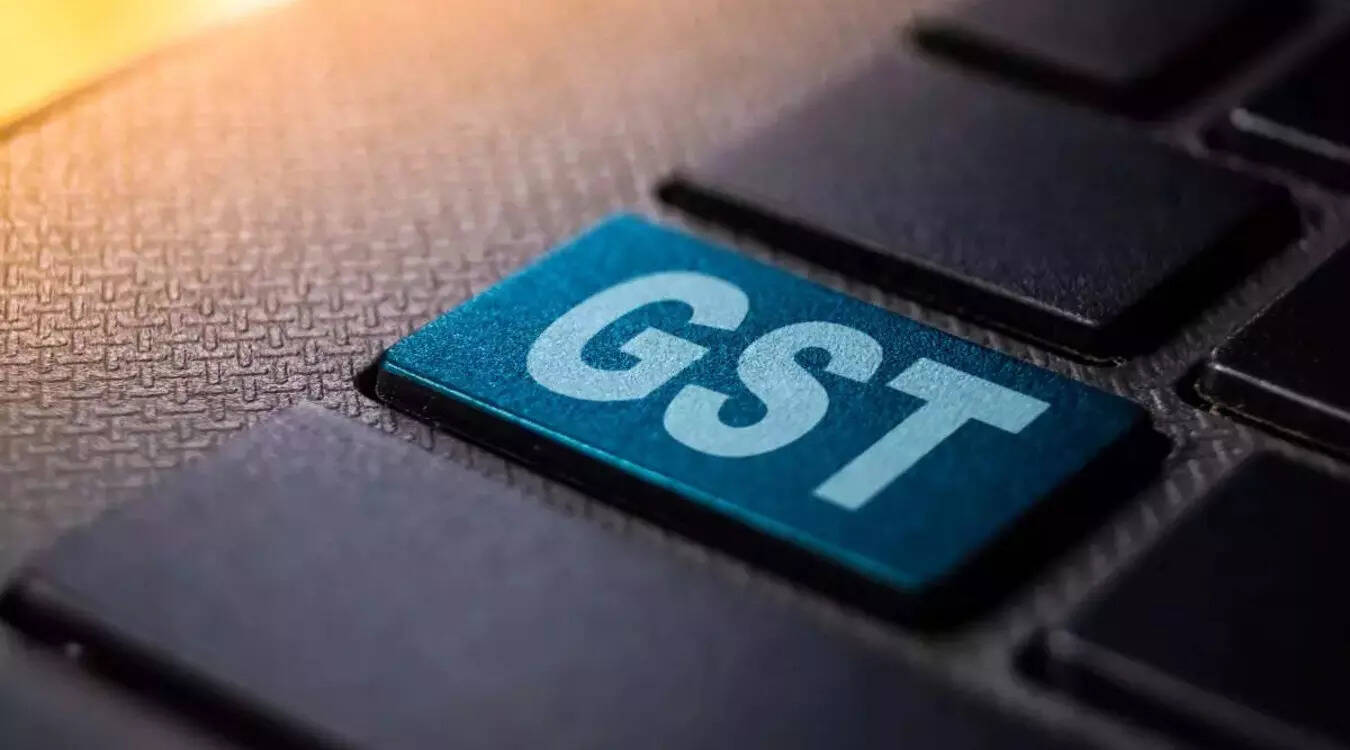
India could consider a significant shift in the Goods and Services Tax (GST) including a jurisdiction-free regime as part of the next set of reforms for the five-year-old indirect tax system.
New Delhi, which raised the import duty on gold recently, is not looking at any further administrative measures immediately to clamp down imports.
“The second aspect of administrative structure, which we need to sort of discuss is whether we still need a territorial jurisdiction, at least within CBIC…I think technology makes it possible for us to not be tied to a particular geographic location,” Vivek Johri, chairman of the Central Board of Indirect Taxes and Customs (CBIC), told ET. Industry has requested centralised registration and audit, particularly for the financial services sector or enterprises that have pan-India presence, Johri said.
Industry has requested centralised registration and audit, particularly for the financial services sector or enterprises that have pan-India presence, Johri said.
“I think we need to seriously think about them because at one level technology makes it possible, but it requires a lot of discussion with the states…We’ll have to initiate that discussion,” he said.
He also said there was room for rationalising use of manpower.
“.. maybe some beginning in that direction (jurisdiction-free and faceless assessment) … Even if we don’t go there fully or we don’t go for something like the faceless system right away, I think there is room for rationalizing the way we’re using manpower,” he said.
Certain functions require a physical presence, he said.
For example, the physical verification of premises cannot be done remotely, but some functions can be handled better even if one is not present physically at the location.
“It will have to be a hybrid kind of arrangement,” Johri said, elaborating on the key focus areas for the indirect tax regime for the next five years.
CBIC has already announced the online grievance redressal system, which will be fully functional in the next three months, he said.
On rate rationalisation, Johri said the expectation was that there would be three rates and for that a lot of thinking and adjustment are required.
“While the Group of Ministers has yet to give its final report on rate rationalisation, the issue in my view is that you cannot have a rate rationalisation unless some rates go up,” he said, adding that this would mean re-slotting some items under different rate slabs.
“… that is what is going to take a lot of thinking and discussion because the trade has gotten used to this structure with 5%, 12% and 18% rates,” he said.
Even the timing of the exercise is important, he added.
“If rates have to go up or come down to achieve the revenue rate of 15%, then the timing is also very critical. Do we do it now when there are inflationary expectations in the economy or later… I think those are the kind of decisions the (GST) Council will have to take,” Johri said.
He said the recent decision on rate rationalisation along with tighter scrutiny and better compliance will keep the monthly average GST collections high, between ₹1.35 lakh crore and ₹1.40 lakh crore.
The GST Council at its last meeting in Chandigarh decided to remove exemptions on multiple branded food items.
The Board will take up the recommendations of the Group of Ministers on system reforms in the next four months, which will further improve the compliance of taxpayers.
On the increase in import duty on gold, Johri said the idea was not to shut out imports in sectors where they are either used as a basic raw material or as an intermediate in domestic manufacturing.
“…this measure which we’ve taken for gold is to curb imports of non-essential nature. So, from that point of view, I don’t see too much scope for reining in imports of other commodities,” he said.
Asked if administrative measures could be on the cards to check imports like restrictions on baggage in the past, he said: “In my view, they’re not needed right now.”